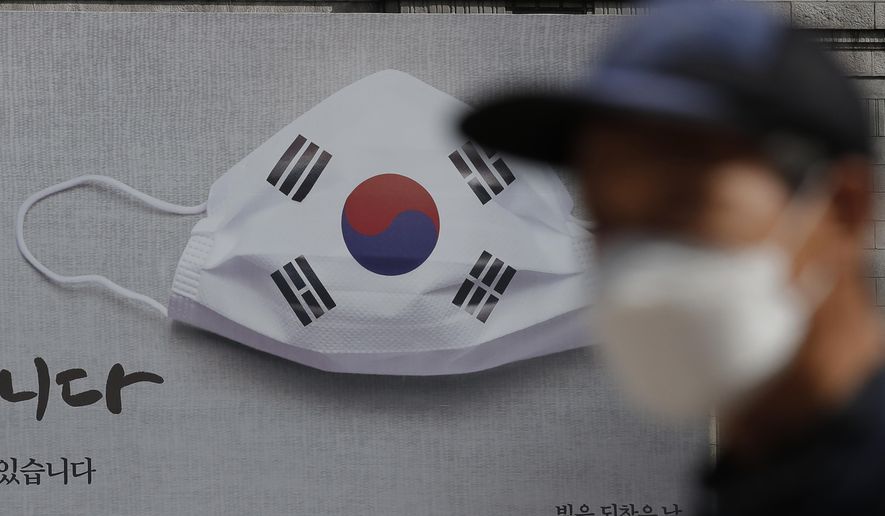NEW DELHI (AP) - India’s coronavirus cases surged to 4.2 million, the second-highest total in the world, on Monday as urban metro trains partially resume service in the capital New Delhi and other states.
The 90,802 cases added in the past 24 hours pushed India’s total to 4,204,614, passing Brazil, which has more than 4.1 million, according to a tally by Johns Hopkins University. More than 6.2 million people in the United States have been infected.
India’s Health Ministry on Monday also reported 1,016 deaths from COVID-19 in the past 24 hours, taking fatalities to 71,642, the third-highest national death toll.
Amid a surge in cases, India continues to reopen, except in high-risk areas, to heal the battered economy which is still reeling from the effects of a prolonged lockdown.
The Delhi Metro transit system that serves India’s sprawling capital New Delhi and adjoining areas resumed operations Monday after five months. Masks, social distancing and temperature checks were mandatory.
India says it is now conducting 1 million tests daily, but the virus is reaching cities and towns previously spared, offsetting marginal declines in some states.
India has been recording the world’s largest daily coronavirus caseload for almost a month even as the government pushes to open businesses to revive a contracting economy.
In other developments in the Asia-Pacific region:
- Organizers reported strong turnout at an event in Beijing billed as the first hybrid online and in-person trade show during the coronavirus pandemic. A total of 95,000 visitors attended the 2020 China International Fair for Trade in Services on Saturday, the first full day of the exhibition where crowds in the venues are being restricted by social distancing rules. The fair is being held as China’s economy has largely restarted, despite the devastating blow to many industries from a months-long shutdown and the loss of domestic demand and foreign orders. China has gone weeks without reporting any new illnesses from local transmissions. The 12 new cases announced Monday were in people returning from overseas.
- South Korea added 119 more cases of the coronavirus, its lowest daily jump in more than three weeks amid a downward trend in new cases. The Korea Centers for Disease Control and Prevention said Monday the additional figures took the country’s total to 21,296 with 336 deaths. It’s the fifth straight day the country’s daily jump has stayed under 200. The rise in cases in August, many of them associated with churches, restaurants and schools and an anti-government street rally in the greater Seoul area, has largely been slowed thanks to toughened social distancing rules and bans gatherings at churches, night spots, after-school academies and fitness centers.
- Australia has struck supply and production agreements with pharmaceutical companies worth $1.2 billion over two potential COVID-19 vaccines. Britain’s University of Oxford in collaboration with AstraZeneca and Australia’s University of Queensland working with CSL will provide more than 84.8 million vaccine doses for Australia’s 26 million people, almost entirely manufactured in Melbourne, a government statement said. Australians would have access to 3.8 million doses of the University of Oxford vaccine in January and February, it said. Prime Minister Scott Morrison said both vaccines would need to be proven safe and effective and meet all necessary regulatory requirements before being made available to the public. Any vaccine would be free to all Australians.
- Australia’s virus hot spot, Victoria state, on Monday recorded its lowest number of new COVID-19 cases in more than 10 weeks. The state reported 41 new cases and nine deaths in the latest 24-hour period. Restrictions were slightly eased in Melbourne on Sunday but the state capital and Australia’s second-largest city will remain in lockdown until at least Oct. 26. The 14-day average in Victoria is now 96 a day. Victorian Premier Danial Andrews said the average will have to fall below 50 before restrictions can be relaxed. “This is not about eradicating it. We will finish up with cases and outbreaks in 2021, but they’ll be of such low numbers that we can probably put the lid on those and not have to put restrictions back on,” Andrews said.




Please read our comment policy before commenting.